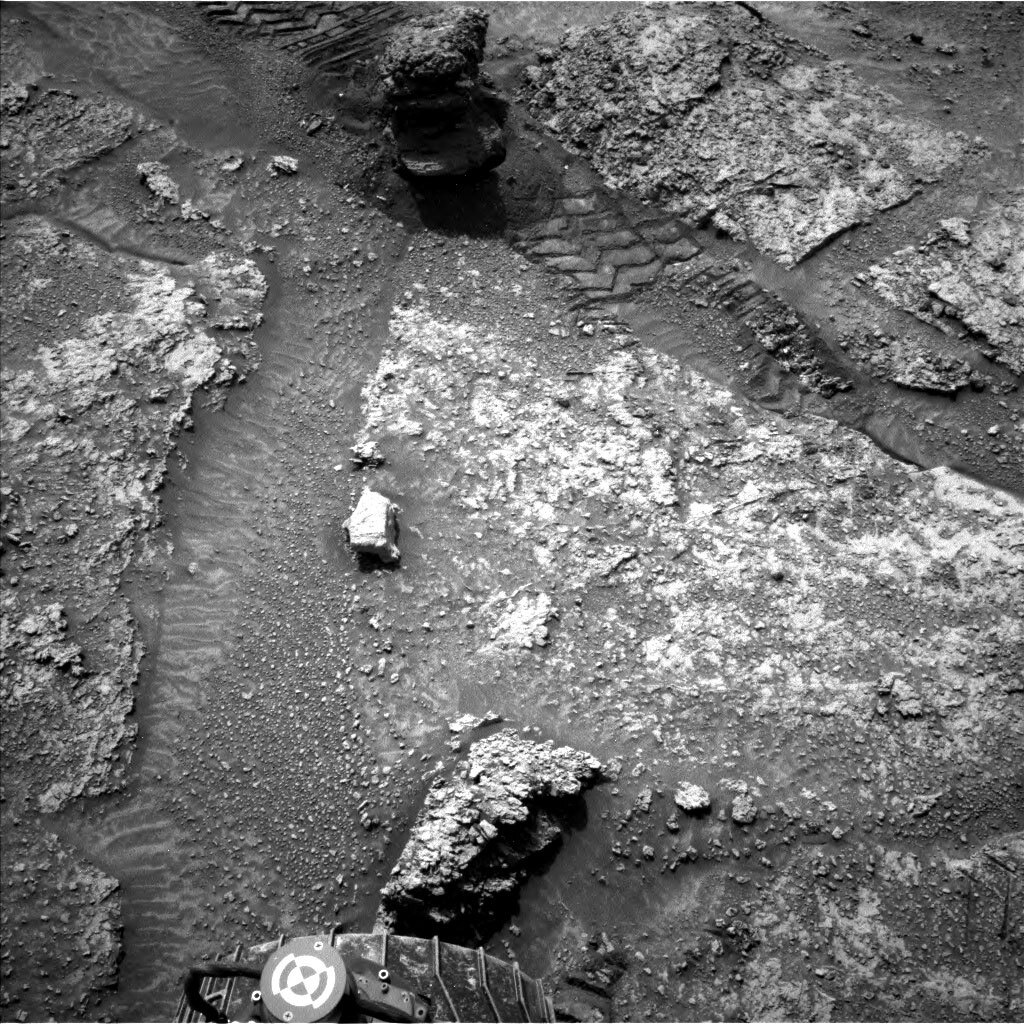2 min read

Today’s team planned a single-sol plan. Our greatest challenge was fitting in all the fantastic science observations and drive distance required during the ~3.5 hours of Mars time available before we need to communicate back to Earth for tomorrow’s planning. Often during single-sol plans we include contact science where we use our arm instruments to take a close look at the structure and composition of a particular surface target. However, with our limited duration, the science team needed to work together to carefully identify the highest priority activities. For today that meant removing the contact science and making as much progress on our drive towards our next science waypoint as possible. Once the Rover Planners knew how much time they needed to execute the drive today, the science team used the remaining available daylight to make science observations. These include using our ChemCam and Mastcam instruments to image an interesting float rock – a rock that has been displaced from its original setting – named “Surucucus” (see rock in top center of the above image). We also used our ChemCam RMI capability to take long distance images of the planar beds along “Bolivar,” the ridge that we have been following for the last several plans. Our drive will continue to move us to the east as we navigate towards the small valley that we will soon pass through seen here. In the evening after our drive we will take environmental monitoring observations using our engineering and science cameras to monitor for dust mobilization and cloud formation. Even though we had limited time to work with today, we made sure to pack the plan with many science goodies!
Written by Elena Amador-French, Science Operations Coordinator at NASA's Jet Propulsion Laboratory







